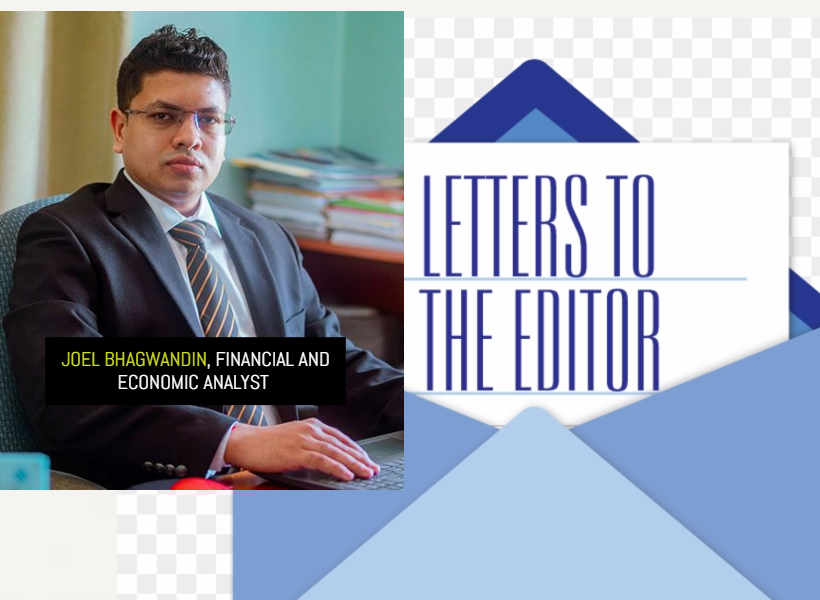Dear Editor,
Chartered Accountant, Chris Ram recently posited that the lack of ring fencing of oil projects in the ExxonMobil-operated Stabroek Block represents a renegotiation of the 2016 Petroleum Agreement governing the deep water concession. What I find alarming however is Ram’s failure to prove that this is so. The commentator fails to substantiate his claims by citing which specific provision (s) in the referenced agreement has/have been violated or renegotiated.
Editor, the reality is that the 2016 Petroleum Agreement has no such provision (s) for ring fencing, hence, the reason why it is not applied. Therefore, if it is not provided for in the agreement, commonsensically, it cannot be regarded a violation/breach or renegotiation of the agreement.
Now, let’s for a moment, examine the implications of not having ring fencing, to understand and appreciate how the incumbent government sought to leverage the absence of ring fencing, to achieve the same result more or less, had there been any ring-fencing provisions.
While indeed ring-fencing has its advantages―that is, to maximize the upfront revenues to the government, it also has its disadvantages. Chiefly, the disadvantage is that it serves as a disincentive to rapidly scale the level of production and exploration activities. As such, the absence of a ring-fencing provision allows for future developments to be financed from the operating cash flow, which is an internal source of financing, rather than raising financing from external sources, that are typically more expensive. Internal sources of financing are always cheaper than external sources of financing.
More importantly, the implication for the country over the long term is that the failure to rapidly explore, develop and extract the resources, could lead to having stranded resources―considering the global developments such as climate change policies in the context of the global energy transition agenda. These developments will have a bearing on the long-term lucrativeness of the resource from multiple dimensions.
With the foregoing in mind, it therefore means that ring-fencing or no-ringfencing is not the issue. The issue is, what is the tradeoff and how did the government leverage the absence of ring-fencing, to, ultimately, maximize the upfront government’s take. Did they (the government) do anything in this regard? And the answer is a resounding yes.
Additionally, with the rapid development of the resources, it also means that the payback period is relatively short. All other things being equal, the exploration and development costs for all of the developments in the Stabroek block is likely to be fully recovered by 2035. By this time, the government’s take shall increase from 14.5% to anywhere between 25%-30%.
In an article published on October 16, 2023, this author had examined this issue, the implications―that is, and the costs and benefits of the tradeoffs in more detail. For ease of reference, the referenced article can be accessed here for readers interested in the analysis. (“[https://www.guyanastandard.com/2023/10/16/bhagwandin-proves-through-analytical-review-the-pros-and-cons-of-ring-fencing-stabroek-block-projects/](https://www.guyanastandard.com/2023/10/16/bhagwandin-proves-through-analytical-review-the-pros-and-cons-of-ring-fencing-stabroek-block-projects/ “”)).
Altogether, regarding the question of the lack of ring-fencing in the oil and gas operations within the fiscal framework, pursuant to the 2016 Petroleum Agreement, the policy of the Government to rapidly scale development and maintain the momentum has proven to be a successful trade off strategy. In so doing, the policy aims to deliver the same result―that is, to maximize the upfront government’s take, inter alia, ramping up the scale of production, while simultaneously minimizing the cost of financing.
Yours respectfully,
Joel Bhagwandin











